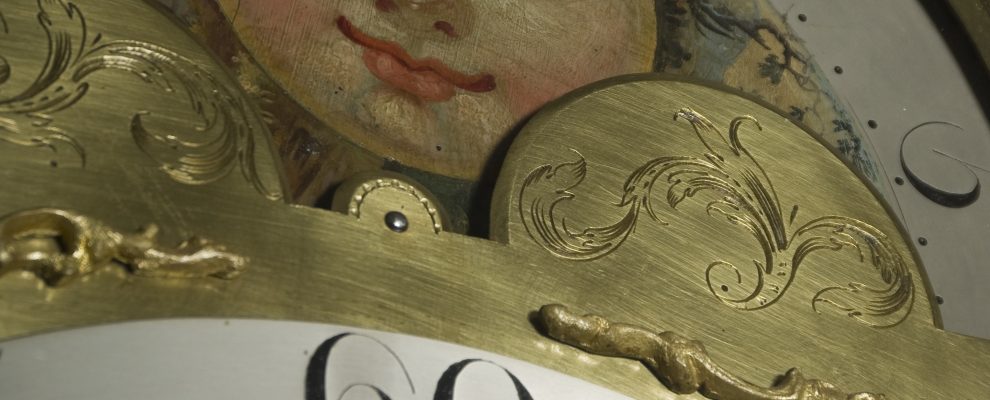Today nearly everything we do is governed by the measurement of time. Our ability to read the time is something we take for granted, and which is central to our everyday lives. Modern highly accurate technologies of timekeeping encompass the globe, organised across a system of time zones based upon the line of 0° longitude, the Greenwich Prime Meridian.
But this global network of co-ordinated timekeeping is a relatively recent development. Before the establishment of rapid long-distance travel and global communication technologies in the mid-nineteenth century there was no means of setting a standard global or even national time. The expansion of the railway network and the creation of the telegraph made national and ultimately international standardisation of timekeeping both necessary and feasible. In Britain most of the railway companies agreed to use Greenwich Mean Time across their networks in 1847, a measure promoted by the Railway Clearing House with the support of the General Post Office. Thus an effective national ‘railway time’ was instituted in the British Isles, although it took some years for it to be finally accepted everywhere: by 1855 it was estimated that 98% of public clocks in Great Britain and Ireland were set to Greenwich Mean Time.
Before these developments, individual towns and districts kept their own local time, which was based on solar time. We use clocks and watches to schedule both our working day and our leisure time but in pre-modern England time was understood in a significantly less structured way. The sun passing across the sky determined the start or finish of the day and natural markers such as sunrise, noon and sunset were important in dividing and defining different parts of the day. Sundials, candle clocks, water clocks and astronomical clocks were the used across the medieval world to chart and track the passing of time before the coming of the mechanical clock.
Mechanised timekeeping was introduced in the late thirteenth century, driven primarily by the church and the need to regulate attendance at monastic prayers and services. In the early days of timekeeping bells, not dials, conveyed the time through their regular chimes. The first public clocks were turret clocks, which were iron-framed timepieces of open construction driven by falling weights, found on churches and civic buildings across Europe by the mid-fourteenth century. These public clocks were located in towns and cities which acted as centres of power, and they served to symbolise religious and secular authority as they regulated the hours, structured law and administration, and underpinned the routines of church and court.
As mechanical clocks became more common, people increasingly took their sense of the times of day from the clock rather than from natural cycles. Yet even as clocks became more widespread, standardisation of the time they showed between communities and even between clocks in one area was impossible. The inability of clocks to keep absolute precision meant that into the eighteenth century the sundial remained the more trustworthy means of telling the time. A correspondent to a newspaper complained of the difficulties this lack of precision caused in 1690:
I was in Covent Garden when the clock struck two, when I came to Somerset House by that clock it wanted a quarter to two, when I came to St. Clements it was half an hour past two, when I came to St. Dunstans it wanted a quarter of two, by Mr. Knib’s Dyal in Fleet Street it was just two, when I came to Ludgate it was half an hour past one, when I came to Bow Church it wanted a quarter of two, by the Dyal near the Stocks Market it was a quarter past two and when I came to the Royal Exchange, it wanted a quarter of two; This I aver a Truth, and desire to know how long I was walking from Covent Garden to the Royal Exchange.
Even as developments in the late seventeenth and early eighteenth centuries made clocks more reliable, the sundial was still used for setting and regulating mechanical timepieces. Clocks remained dependent on the sun: without a universal time standard the sun retained its central importance in setting mechanised timekeeping – the only real difficulty arising from cloudy weather and the naturally imprecise nature of the gnomon’s shadow on the dial.
(From Keeping Time a temporary exhibition at Fairfax House, 5th October-31st December 2012)

Name: Hannah Phillip
Title: Director
Source: Keeping Time (Fairfax House, 2013)
